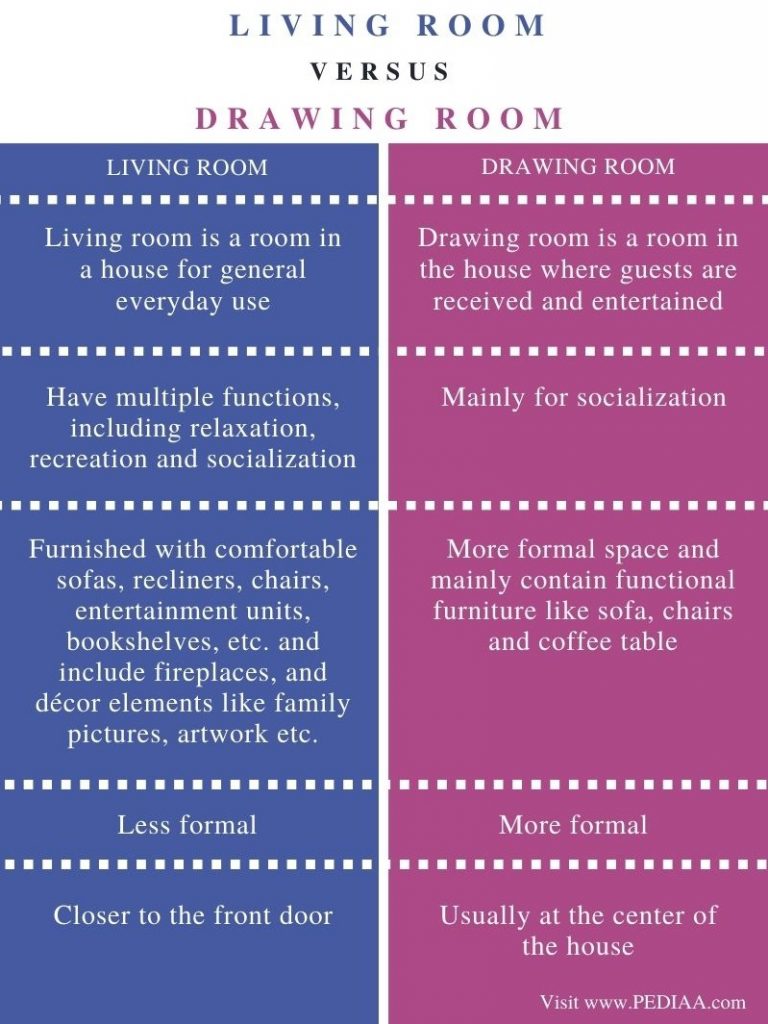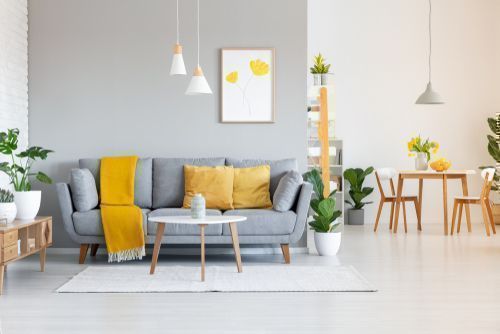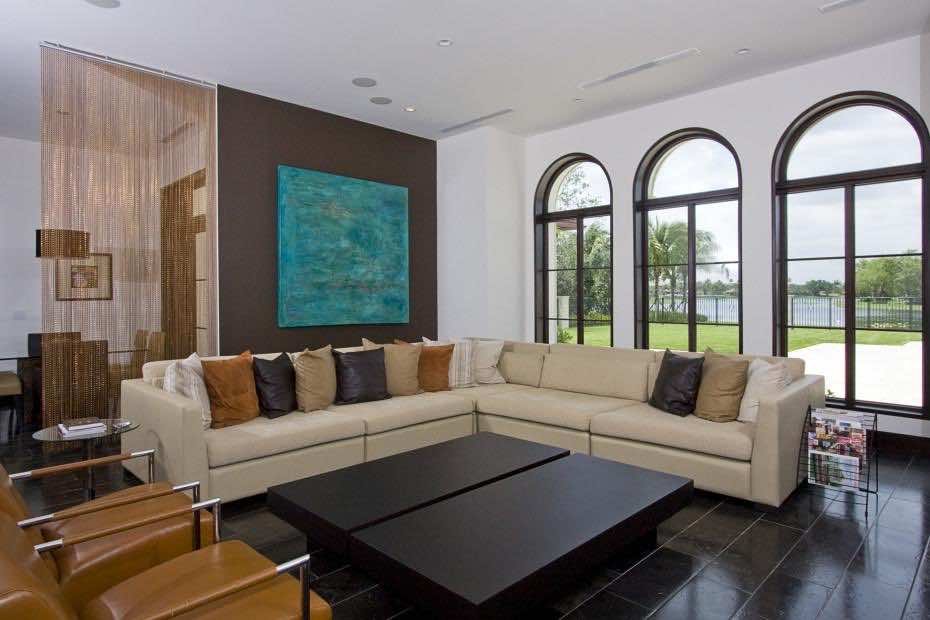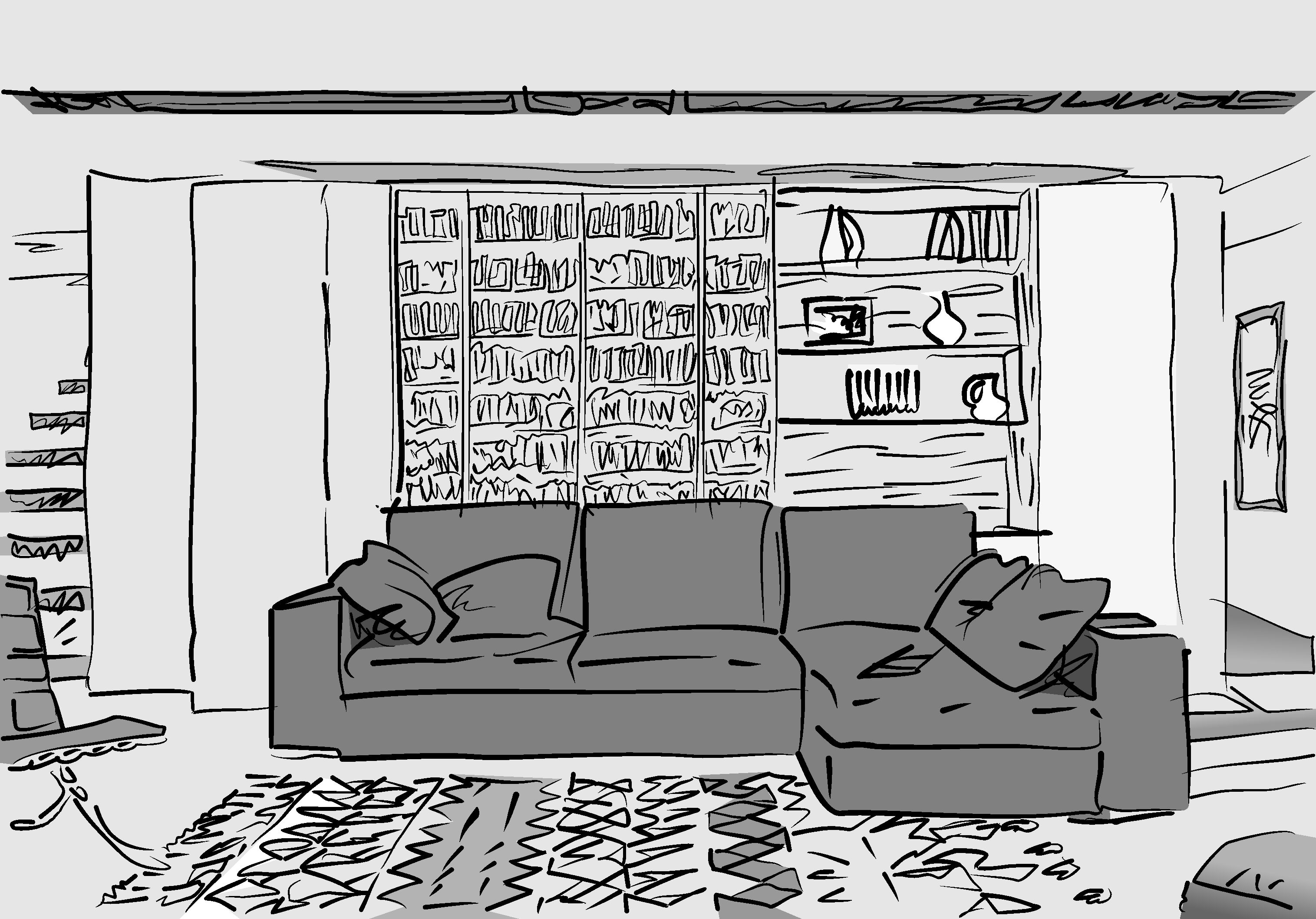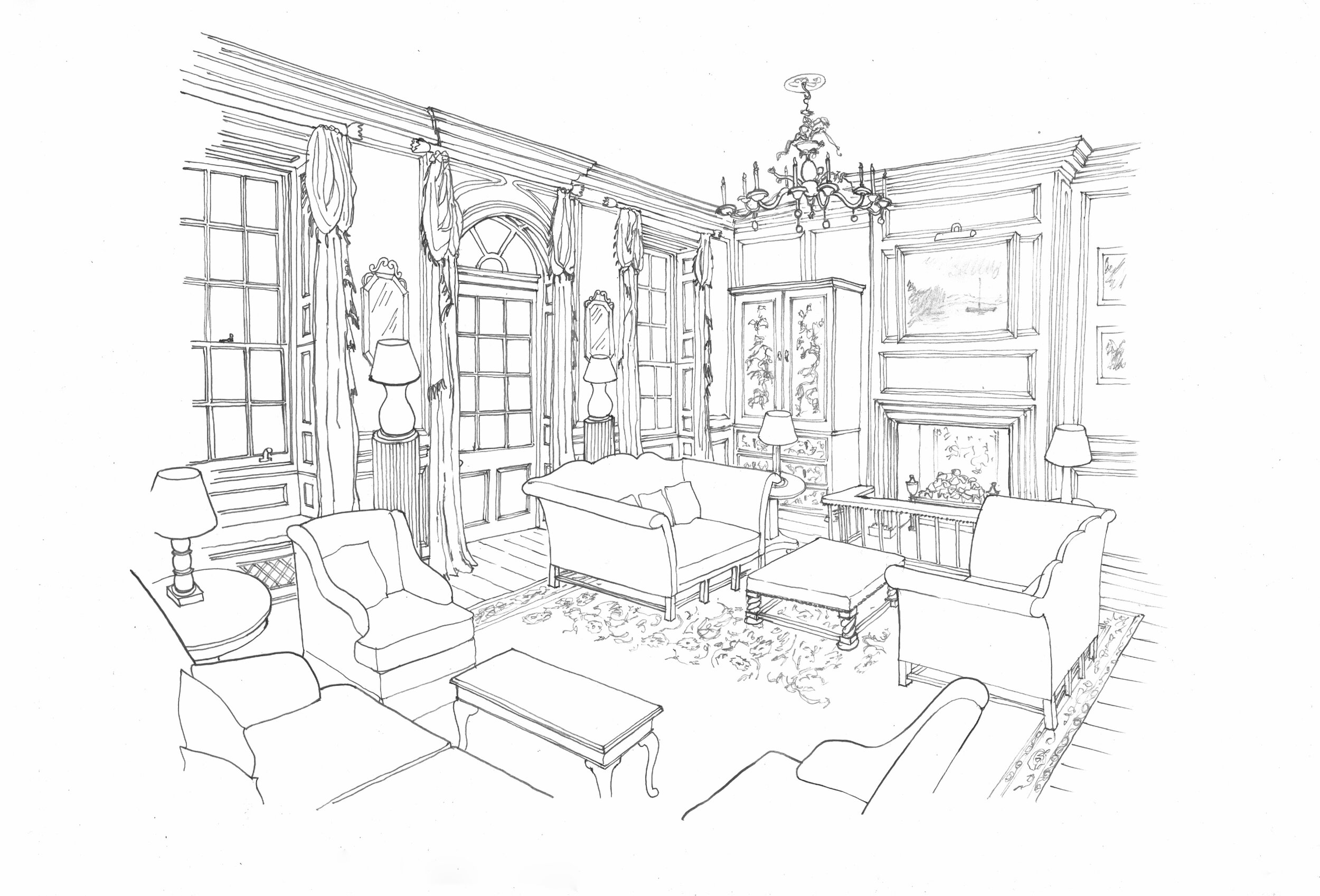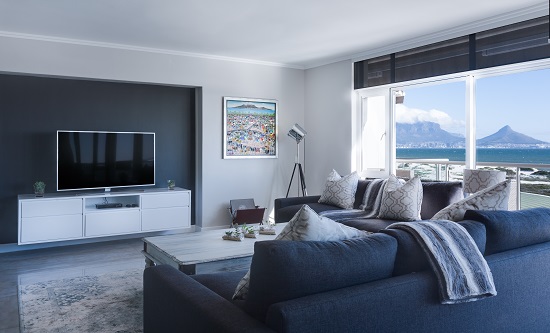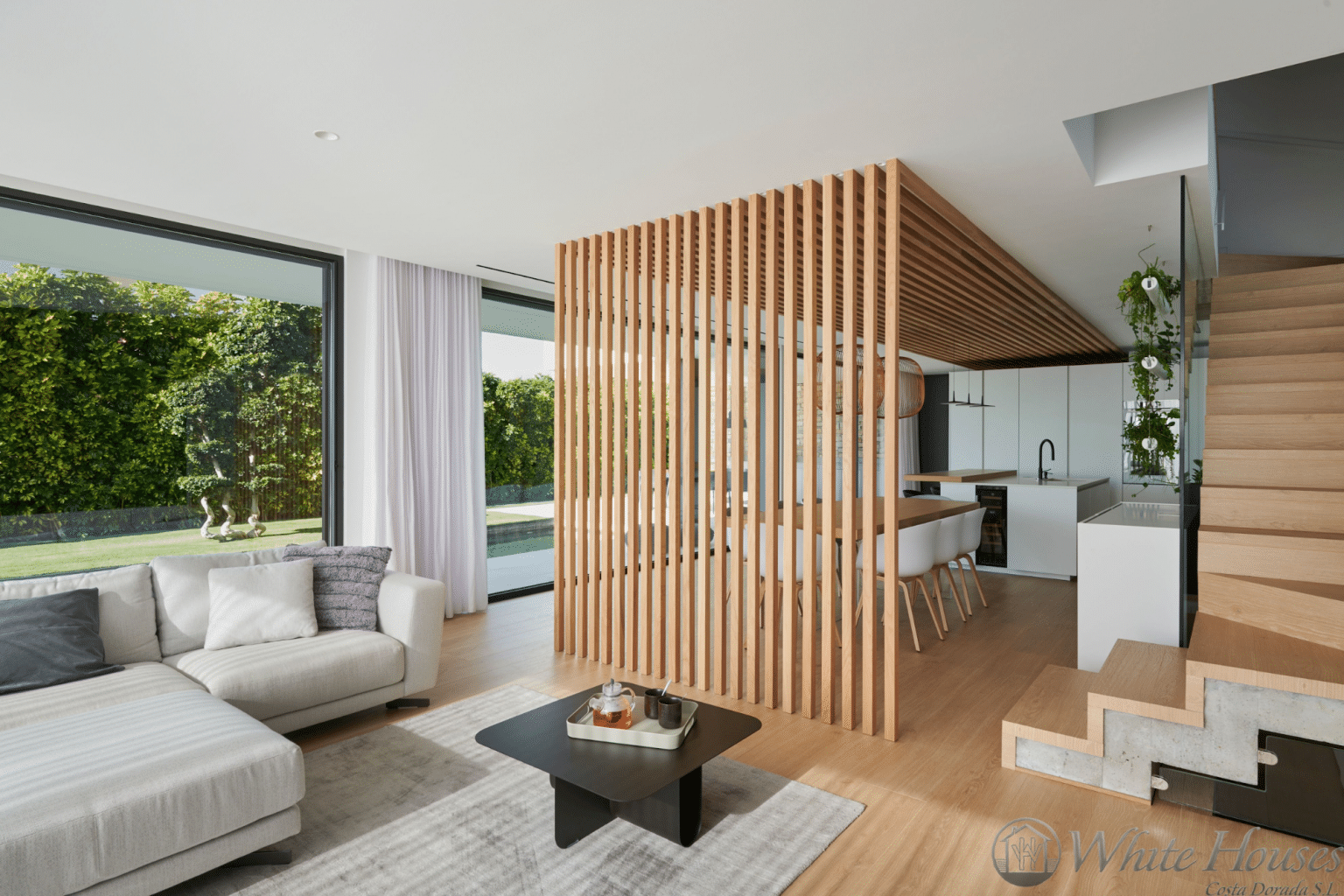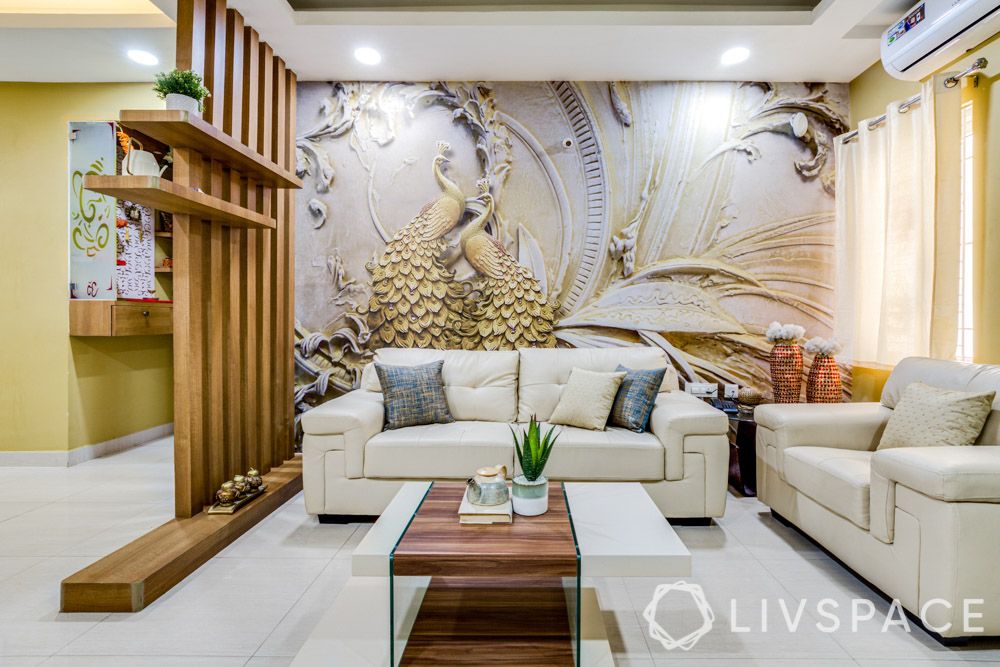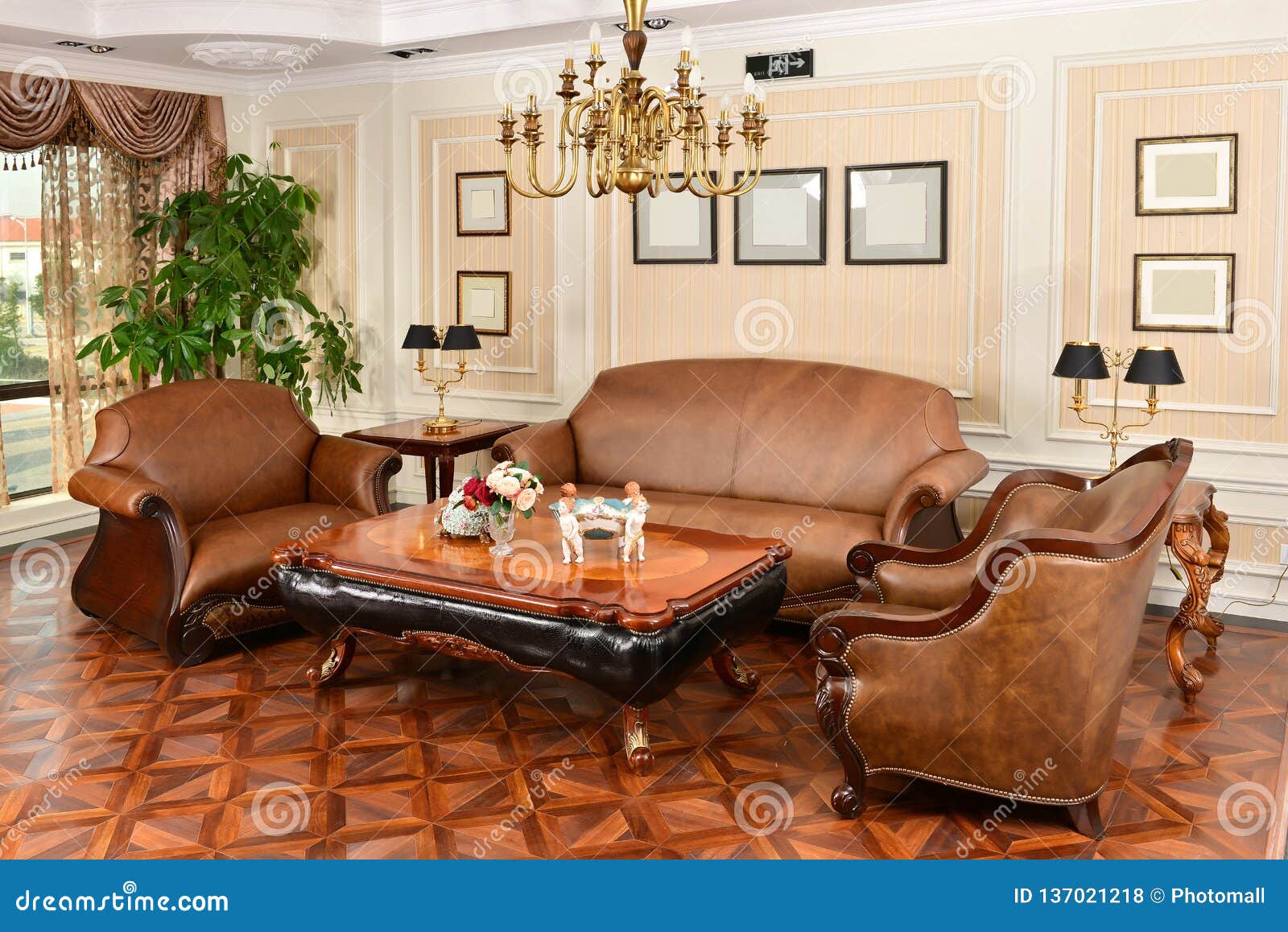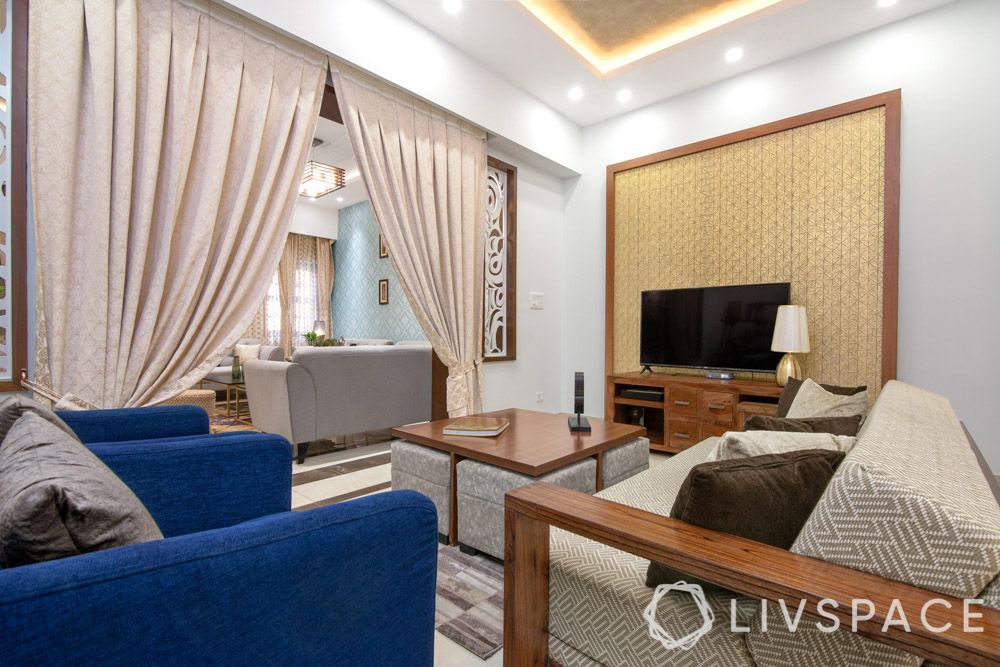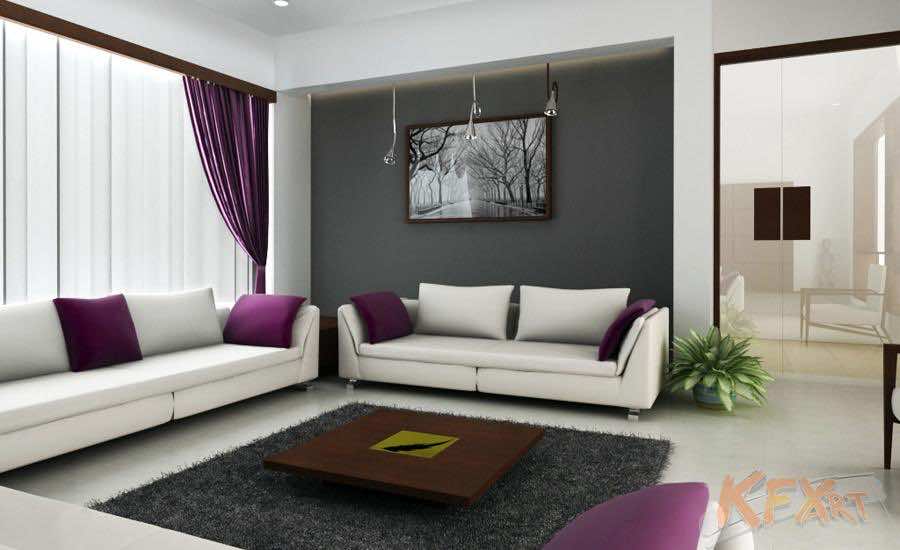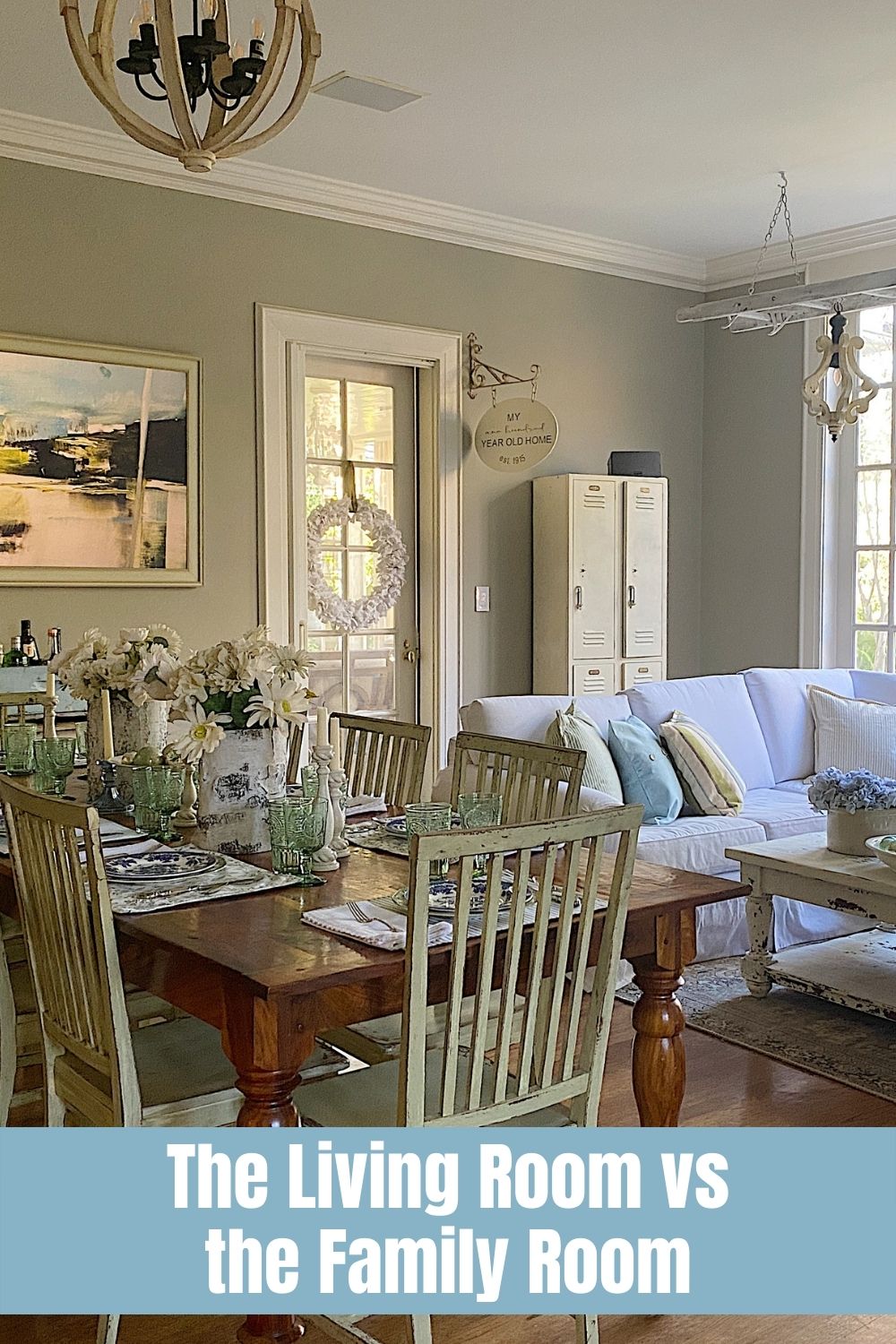When it comes to home design, there are many different terms that can be confusing for homeowners. One of the most common sources of confusion is the difference between a drawing room and a living room. While these two spaces may seem similar, they actually serve different purposes and have distinct characteristics. In this article, we will explore the main differences between drawing rooms and living rooms so that you can better understand which one is right for your home.Drawing Room vs Living Room: What's the Difference?
Before we dive into the differences, let's first define what a drawing room and living room are. A drawing room, also known as a formal sitting room or parlor, is a space in a home that is traditionally used for entertaining guests. It is typically located near the main entrance of the home and is designed to impress visitors with its luxurious and elegant decor. On the other hand, a living room is a more casual space that is used for everyday activities such as relaxing, watching TV, and spending time with family and friends.Understanding the Distinction Between Drawing Room and Living Room
The main difference between a drawing room and a living room lies in their purpose and design. A drawing room is meant to be a formal and sophisticated space, while a living room is intended to be more relaxed and comfortable. Here are some other key differences between these two rooms:Key Differences Between Drawing Room and Living Room
Now that we have covered the main differences between drawing rooms and living rooms, let's take a closer look at how these differences manifest in the design of these two spaces. Layout: Drawing rooms are typically located at the front of the house, near the entrance, as they were originally meant to be the first room guests would see upon entering. This is why they often have a more formal and symmetrical layout, with a clear focal point such as a fireplace or grand piano. Living rooms, on the other hand, can be located in any part of the house and usually have a more flexible layout that can be adapted to different activities. Function: As mentioned earlier, drawing rooms are primarily used for entertaining guests, so they are often equipped with features such as a bar cart, a piano, or a large dining table. In contrast, living rooms are designed for relaxation and everyday activities, so they may have features like a TV, a bookshelf, or a comfortable seating area. Furniture: Drawing rooms typically have more formal and luxurious furniture, as they were meant to impress guests. This can include plush sofas and chairs, ornate coffee tables, and elegant accent pieces. On the other hand, living rooms may have more casual and comfortable furniture, such as a cozy sectional, a recliner, or a large ottoman for lounging. Decor: Drawing rooms often have a more elaborate and opulent decor style, with expensive fabrics, intricate patterns, and decorative accents like chandeliers, sconces, and artwork. Living rooms, on the other hand, can have a more relaxed and personal style, with elements that reflect the homeowner's interests and tastes.Exploring the Differences Between Drawing Room and Living Room
Now that we have covered the main differences between drawing rooms and living rooms, let's summarize them in a comprehensive comparison:Drawing Room vs Living Room: A Comprehensive Comparison
Now that you have a better understanding of the key differences between drawing rooms and living rooms, here is a quick summary of the main points:The Main Differences Between Drawing Room and Living Room
Now that you know the main differences between drawing rooms and living rooms, you may be wondering which one is right for your home. The answer will depend on your lifestyle, preferences, and needs. If you frequently entertain guests and want a space to impress them, a drawing room may be the better choice. On the other hand, if you want a comfortable and versatile space for everyday activities, a living room may be more suitable.Drawing Room vs Living Room: Which One is Right for You?
Let's take a closer look at some of the key differences between drawing rooms and living rooms: Function: Drawing rooms are designed for formal entertaining, while living rooms are used for everyday activities like watching TV and spending time with family and friends. Layout: Drawing rooms often have a more formal and symmetrical layout, while living rooms are more flexible and adaptable. Furniture: Drawing rooms typically have more formal and luxurious furniture, while living rooms tend to have more casual and comfortable pieces. Decor: Drawing rooms often have an elaborate and opulent decor style, while living rooms can have a more relaxed and personal style.A Closer Look at the Differences Between Drawing Room and Living Room
While there are many differences between drawing rooms and living rooms, there are also some similarities. For example, both spaces are meant to be welcoming and inviting to guests. They both also serve as a place to relax and spend time with loved ones. Despite these similarities, understanding the differences between drawing rooms and living rooms can help you make the best choice for your home.Drawing Room vs Living Room: Understanding the Similarities and Differences
In summary, the main differences between drawing rooms and living rooms lie in their function, layout, furniture, and decor. Drawing rooms are formal and sophisticated, while living rooms are more casual and comfortable. Understanding these differences can help you choose the right space for your needs and design a home that reflects your personal style.Drawing Room vs Living Room: What Sets Them Apart?
Drawing Room vs Living Room: What's the Difference?
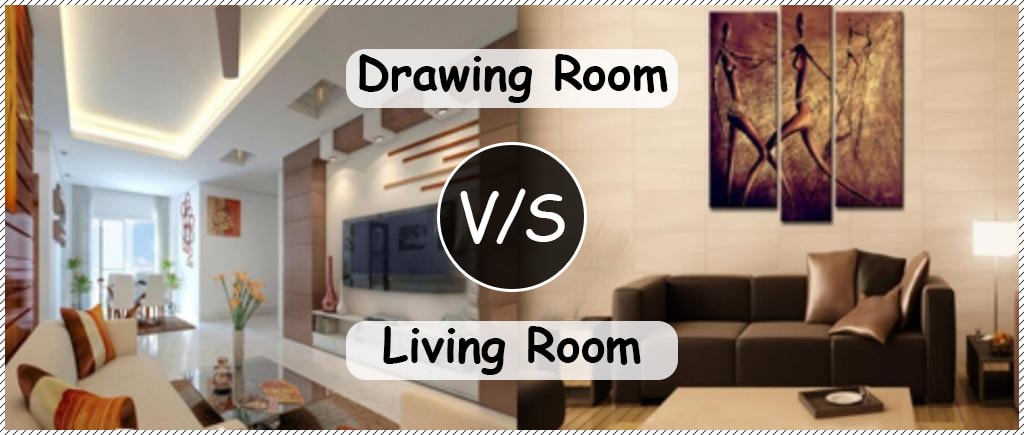
The Functionality and Design of Two Common Spaces in a House
:max_bytes(150000):strip_icc()/FamingoResidence_H011-d34650a2d8304f7aab867ee9164f30c4.jpeg) When designing a house, one of the key considerations is creating functional and comfortable living spaces. The two most common spaces in a house are the drawing room and living room. While these two terms are often used interchangeably, there are some subtle differences between them. Let's take a closer look at the difference between drawing room and living room and their role in house design.
Functionality
One of the main differences between a drawing room and a living room is their functionality. A drawing room is typically a more formal space that is used for entertaining guests and hosting formal events. It is usually located near the entrance of the house and is used to welcome guests. On the other hand, a living room is a more casual space that is used for everyday activities such as watching TV, reading, or spending time with family. It is often located in the central part of the house and is considered the heart of the home.
Design
Another difference between these two spaces is their design. A drawing room is usually designed to impress and create a sense of luxury. It often features elegant furniture, intricate decor, and expensive artwork. The color scheme is generally more formal, with neutral tones and pops of color. In contrast, a living room is designed to be more comfortable and inviting. The furniture is often more casual and functional, and the decor is less formal. The color scheme can vary from bright and bold to soft and soothing, depending on the homeowner's preferences.
Usage
The usage of these two spaces also differs. In a drawing room, the emphasis is on hosting and entertaining guests. It is often used for special occasions and formal gatherings. As such, it is usually kept neat and tidy and is not used for everyday activities. On the other hand, a living room is a space that is meant to be lived in. It is where families gather to spend quality time together and relax after a long day. It is a multi-functional space that can be used for various purposes, making it a more practical and versatile space in a house.
In conclusion, while both the drawing room and living room serve as common spaces in a house, they have distinct differences in terms of functionality, design, and usage. A drawing room is a formal space for entertaining, while a living room is a casual space for everyday activities. Understanding these differences can help in designing and utilizing these spaces effectively, making them both functional and visually appealing in a house.
When designing a house, one of the key considerations is creating functional and comfortable living spaces. The two most common spaces in a house are the drawing room and living room. While these two terms are often used interchangeably, there are some subtle differences between them. Let's take a closer look at the difference between drawing room and living room and their role in house design.
Functionality
One of the main differences between a drawing room and a living room is their functionality. A drawing room is typically a more formal space that is used for entertaining guests and hosting formal events. It is usually located near the entrance of the house and is used to welcome guests. On the other hand, a living room is a more casual space that is used for everyday activities such as watching TV, reading, or spending time with family. It is often located in the central part of the house and is considered the heart of the home.
Design
Another difference between these two spaces is their design. A drawing room is usually designed to impress and create a sense of luxury. It often features elegant furniture, intricate decor, and expensive artwork. The color scheme is generally more formal, with neutral tones and pops of color. In contrast, a living room is designed to be more comfortable and inviting. The furniture is often more casual and functional, and the decor is less formal. The color scheme can vary from bright and bold to soft and soothing, depending on the homeowner's preferences.
Usage
The usage of these two spaces also differs. In a drawing room, the emphasis is on hosting and entertaining guests. It is often used for special occasions and formal gatherings. As such, it is usually kept neat and tidy and is not used for everyday activities. On the other hand, a living room is a space that is meant to be lived in. It is where families gather to spend quality time together and relax after a long day. It is a multi-functional space that can be used for various purposes, making it a more practical and versatile space in a house.
In conclusion, while both the drawing room and living room serve as common spaces in a house, they have distinct differences in terms of functionality, design, and usage. A drawing room is a formal space for entertaining, while a living room is a casual space for everyday activities. Understanding these differences can help in designing and utilizing these spaces effectively, making them both functional and visually appealing in a house.
